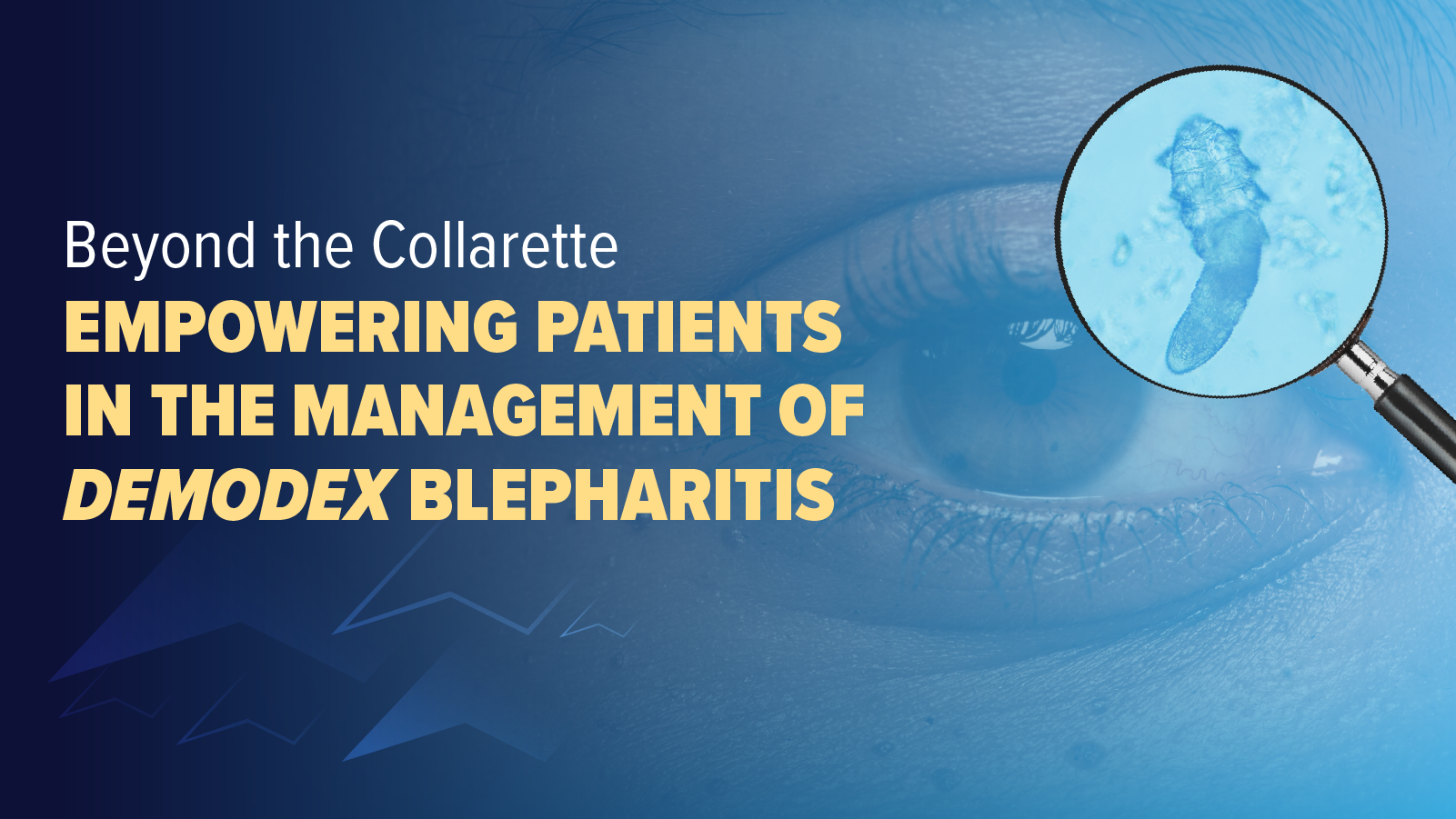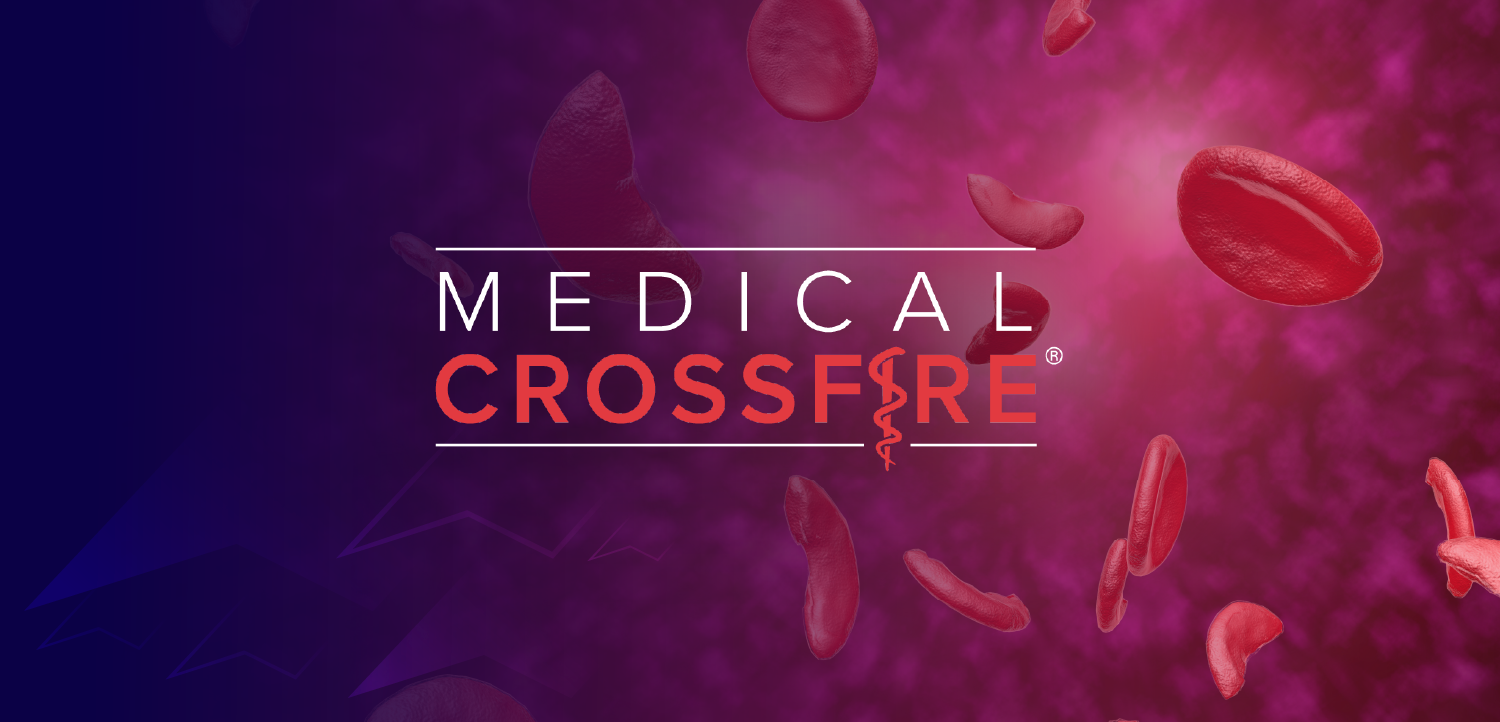Remote detection of SARS-CoV-2 infection in the approximate 6 days of virus incubation before symptoms emerge could facilitate isolation before the infection is spread and is the target of a prospective, crossover study of a wearable device synced to a smartphone app.1
"Frequent testing of healthy populations poses logistical and budgetary challenges, while screening for easy-to-measure physiological signs that predict infection prior to symptom onset could facilitate timely identification of infected individuals while limiting the operational and financial impact," said lead author Laura Zwiers, PhD candidate in the Department of Global Health and Bioethics at Julius Center for Health Sciences and Primary Care at University Medical Center Utrecht in the Netherlands, and colleagues of the COVID-19 Remote Early Detection consortium.
A commercially available wearable health monitor synced with an investigational smartphone app was tested in a cohort of almost 18,000 individuals in one of the largest randomized trials to date of a system for real-time early detection of SARS-CoV-2. The Ava bracelet, FDA authorized for fertility tracking, measures 5 physiological parameters every 10 seconds: respiratory rate, heart rate variability (in milliseconds), wrist-skin temperature, and skin perfusion. These data were synced with an investigational smartphone app that curated self-reported symptoms from the participant.
The investigators conducted the prospective, randomized, single-blinded crossover trial comparing an investigational algorithm purposed to detect infection in the data from both the wearable and smartphone app (experimental group) with another algorithm drawing only on self-reported symptoms from the app (control group). In all cases of an algorithm-issued alert of possible infection, the participants were tested by polymerase chain reaction and/or with antigen testing.
Additionally, all participants were asked to take at-home capillary blood samples 4 times over the course of the study. The laboratory testing served as the gold standard for detection against which the algorithms were compared.
Zwiers discussed issues of testing in response to an app alert outside a study environment with Contagion.
"There now is more widespread availability of self-testing kits, which could make it easier for people to take a test in absence of symptoms, but the most accurate tests—and, for instance, also those that can distinguish between infection-associated antibodies and vaccination-associated antibodies—will not always be available," she noted.
"In addition, in this study, we faced the issue that people who received an alert may have been sick but with a different disease from COVID-19. Ideally, you would test more broadly to also assess if individuals had a different infection. However, this would not be feasible outside a study environment due to high health care costs," Zwiers pointed out.
Zwiers and colleagues reported that the algorithm in the experimental group was alerted to potential infection significantly earlier than the algorithm for the control group (median, 0 vs 7 days before a positive SARS-CoV-2 test result). Although the algorithm for the experimental group achieved high sensitivity (93.8%-99.2%), it was also of low specificity (0.8%-4.2%) in detecting infection, whereas the control algorithm demonstrated moderate sensitivity (43.3%-46.4%) and specificity (66.5%-65%).
What You Need to Know
A wearable device paired with a smartphone app successfully identified potential SARS-CoV-2 infections a median of 7 days earlier than symptom-based reporting alone, offering a promising tool for pre-symptomatic detection during the incubation period.
While the experimental algorithm demonstrated very high sensitivity (93.8–99.2%), it had low specificity (0.8–4.2%), leading to a high number of false positives—highlighting a need to improve the algorithm's accuracy to reduce unnecessary alerts.
Investigators plan to refine the algorithm using machine learning and better alert thresholds, aiming not only to improve specificity but also to potentially adapt the system for detecting other infectious diseases like influenza, especially in high-risk populations such as healthcare workers.
"The experimental algorithm's tendency to generate many false-positive alerts increased the likelihood of an alert on any given day, which in turn contributed to individuals in the experimental condition being alerted earlier than those in the control condition," the investigators noted.
Despite the high rate of false-positive results, the investigators consider the study results promising and anticipate refining the algorithm to improve its utility in limiting virus spread and potentially being of use for earlier treatment. They are considering several approaches to improving the algorithm, including additional methodologies or metrics, such as area under the curve to determine a better cutoff point to generate alerts, and machine learning methodologies to better balance sensitivity and specificity. In addition, they noted that the current experimental algorithm was "frozen" from the start of the study and that incorporating continuous machine learning might better enable the algorithm to adapt to changing epidemiological conditions.
"Further research can look into fine-tuning the algorithm and improve its specificity while also evaluating the potential of using wearable device data for detecting influenza and viral diseases in general," the investigators asserted.
Zwiers elaborated on directions the app iterations might take. "From a practical point of view, it would potentially make sense to fine-tune future algorithms to perform well for those who are employed in hospitals or care homes, such that infections among those people could be identified before they infect patients," she commented.
Reference
1. Zwiers LC, Brakenhoff TB, Goodale BM, et al. Remote early detection of SARS-CoV-2 infections using a wearable-based algorithm: results from the COVID-RED study, a prospective randomized single-blinded crossover trial. PLOS One. 2025;20(6):e0325116. doi:10.1371/journal.pone.0325116


















































































































































































































































































